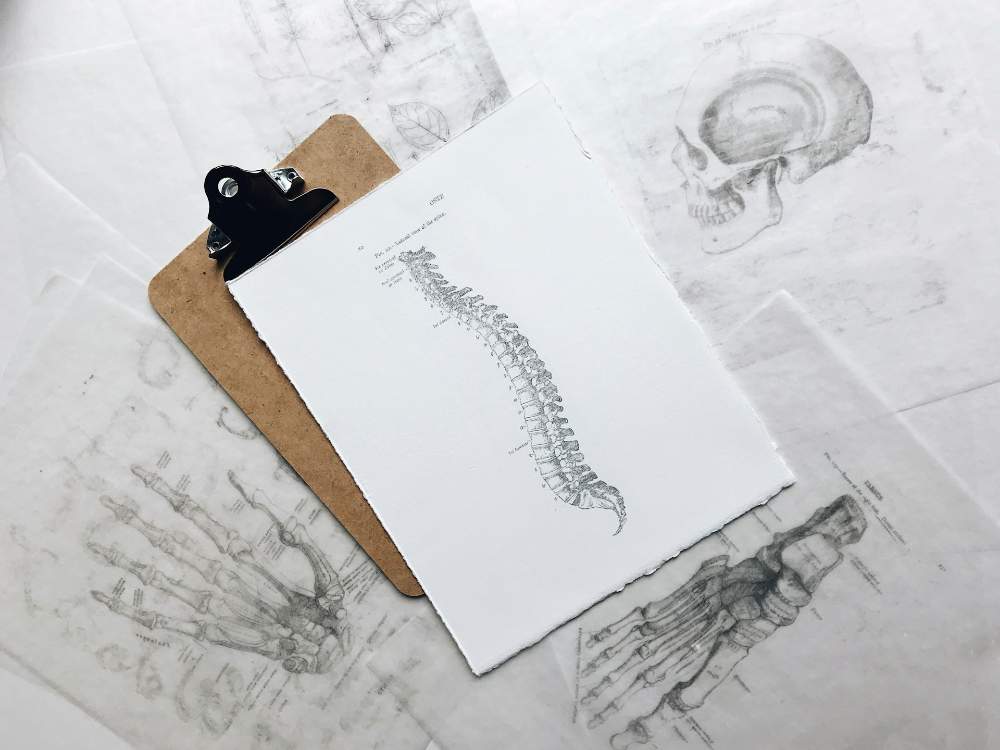Understanding the Culprits: Common Causes of Back Pain
Back pain is a common ailment that affects individuals of all ages, from children to seniors. It can be caused by a variety of factors and can range from mild discomfort to excruciating pain, hindering daily activities and impacting overall quality of life. Back pain is one of the leading causes of disability worldwide.
To effectively manage and prevent back pain, it is important to understand its root causes. In this blog post, we will delve into the most common culprits of back pain and provide insight on how to address them.
Sedentary Lifestyle
With the rise of technology and office-based jobs, a sedentary lifestyle has become increasingly common in modern society. Sitting for prolonged periods without proper posture and movement can cause strain on the muscles and joints, leading to back pain.
To combat this, it is important to incorporate regular physical activity into your daily routine. This can include stretching breaks during work, taking short walks throughout the day, or engaging in low-impact exercises such as yoga or swimming. Additionally, investing in an ergonomic chair and setting up a standing desk can also help alleviate back pain caused by a sedentary lifestyle.
Poor Posture
Poor posture is another common culprit of back pain. Slouching or hunching over can put unnecessary strain on the spine and its supporting muscles, leading to discomfort and pain. This issue is exacerbated by prolonged periods of sitting or standing in the same position.
To improve posture, it is important to be mindful of your positioning throughout the day. This includes sitting up straight with your feet planted firmly on the ground, keeping your shoulders back and relaxed, and avoiding hunching over electronic devices. Incorporating regular stretching and strengthening exercises can also help improve posture and alleviate back pain.
Muscular Imbalances
Muscular imbalances occur when one muscle group is stronger or tighter than its opposing muscle group, causing an imbalance in the body’s alignment. This can put a strain on the back and lead to pain and discomfort.
To address muscular imbalances, it is important to engage in exercises that target both sides of the body equally. Incorporating a variety of exercises that target different muscle groups can also help prevent imbalances from occurring. Additionally, stretching and foam rolling can help release tension in tight muscles and improve overall balance.
Age-related Degeneration
As we age, our bodies naturally go through degenerative changes, including the spine. The discs between our vertebrae lose water content and become less flexible, leading to a decrease in shock absorption and an increased risk of back pain. Degeneration can also cause conditions such as osteoarthritis, spinal stenosis, and herniated discs.
While age-related degeneration cannot be avoided, some steps can be taken to manage its effects on the spine. Regular exercise and maintaining a healthy weight can help prevent further degeneration. Physical therapy or chiropractic care can also provide relief and improve mobility.
Injuries
Injuries, such as sprains or strains, are a common cause of back pain. These injuries can be caused by sudden movements, overexertion, or accidents. They can also occur due to weak muscles or improper lifting techniques.
To prevent these types of injuries, it is important to engage in proper warm-up and stretching before physical activity, use correct lifting techniques, and listen to your body’s limits. In the case of an injury, rest and ice can help alleviate pain and inflammation. Seeking medical attention may also be necessary for more serious injuries.
Psychological Factors
While it may not initially come to mind, psychological factors can also play a role in back pain. Stress, anxiety, and depression can cause tension in the muscles and lead to discomfort and pain. Additionally, individuals with chronic pain may experience fear avoidance behaviors, avoiding physical activity and worsening their condition.
To address psychological factors leading to back pain, it is important to practice stress management techniques such as meditation or deep breathing exercises. Seeking therapy or counseling can also be beneficial for those experiencing chronic pain.
Conclusion
Back pain can be a major obstacle to everyday life, but it doesn’t have to be. By taking proactive steps to prevent and manage pain, we can ensure that we lead happier, healthier lives. Activities like regular exercise and good posture habits, as well as addressing underlying muscular imbalances and age-related degeneration, can all contribute to a stronger and more resilient back.
If you do experience persistent or severe back pain, don’t hesitate to seek out professional care such as chiropractic care in Salt Lake City. By prioritizing our health and well-being, we can ensure that we live a fulfilling life free from the limitations of back pain.







0